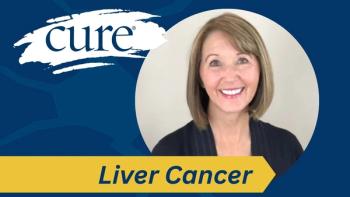
MPN Outcomes Have Improved in the Last 20 Years
A doctor reflected on what it was like treating patients with myeloproliferative neoplasms years ago and how much treatments have improved.
Years ago, when Dr. Shamim Salman started treating patients with myeloproliferative neoplasms (MPNs), she, unfortunately saw many patients die from the disease because there was limited knowledge and treatment options.
However, outcomes are much better now with the advent of new therapies such as JAK inhibitors, Salman, hematologist-oncologist at Richmond University Medical Center in Staten Island, New York, said in an interview with CURE®.
“But now I've seen so many new things, so much research, so many new drugs and I'm so happy about it,” said Salman. “My patients are living longer. I feel so happy.”
Transcription
I have seen with my own eyes so many patients are dying with myeloproliferative neoplasms, especially I will mention myelofibrosis. I had so many patients (die because) at that time (when I started), there was no (knowledge of) JAK2, no JAK inhibitors, nothing. And patients would ask me, or their daughters or their sons (would ask), “Doctor, you will do something, right? You will make my mom better?” And I would say, “We will try.”
But now I've seen so many new things, so much research, so many new drugs and I'm so happy about it. My patients are living longer. I feel so happy. My patients 20 years ago, they died much sooner. They couldn't see their granddaughter's wedding or whatever their dreams were. Sometimes, I cried for them because I knew there's nothing.
Not everybody was eligible for bone marrow transplant because some of them were elderly. Bone marrow transplant was there. I have sent my patient with myelofibrosis for bone marrow transplant. But unfortunately, if they were elderly, they died of the complications. So I tell my fellows, “You guys are so lucky now, so many drugs, so many research, so many things going on.”
And usually, my style is if I see a case, I tell them, go read about it today. And by the end of the day, again, we will talk and do look for clinical trials, look for the new research. I'm in Staten Island, but I'm connected with all the big institutions. And from the day one, we try to do the right thing for them.
For more news on cancer updates, research and education, don’t forget to




